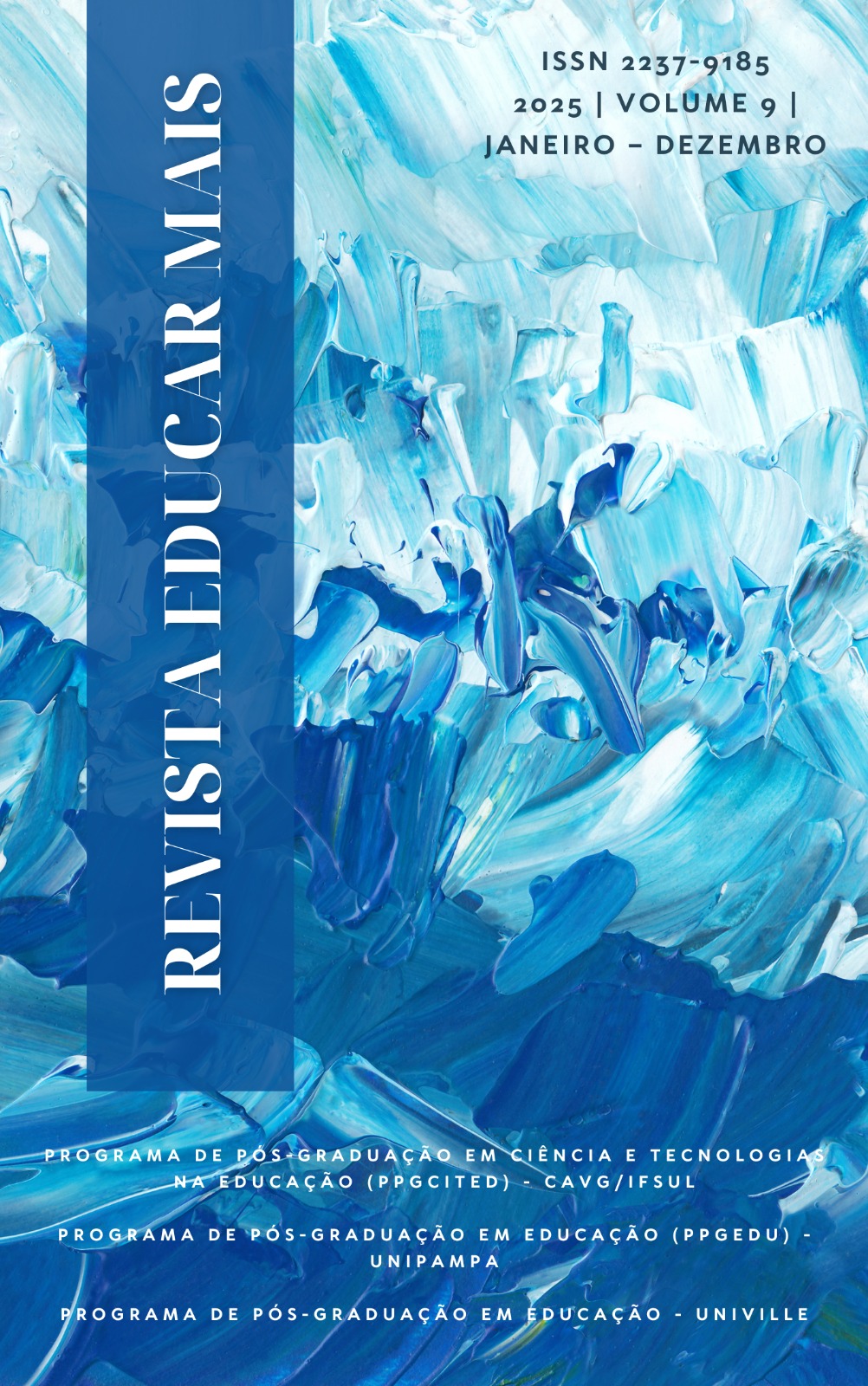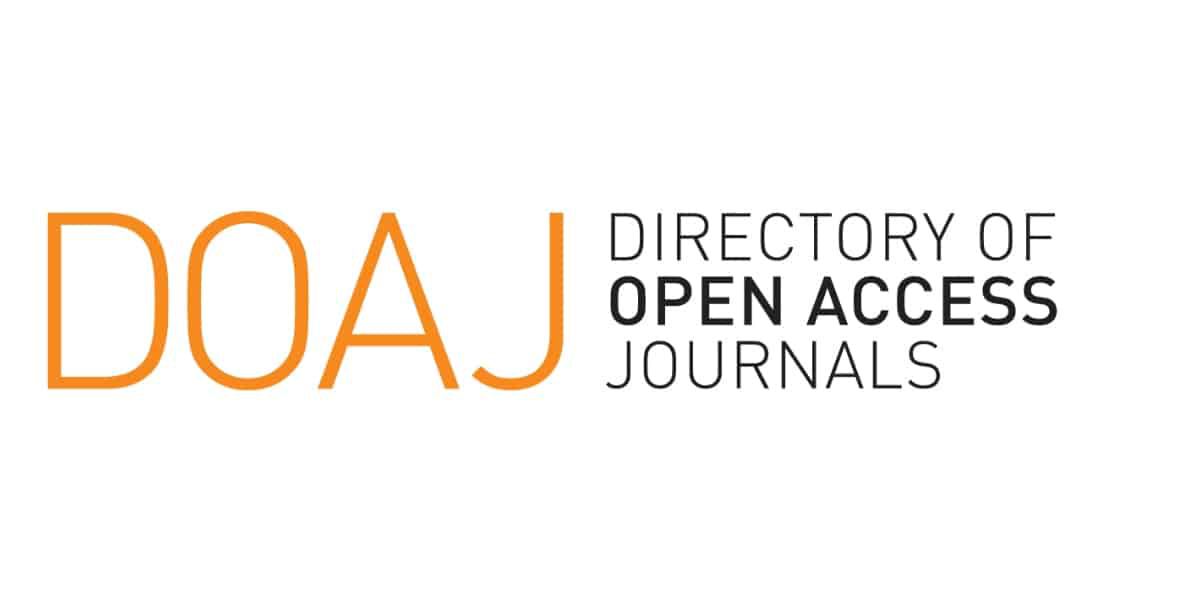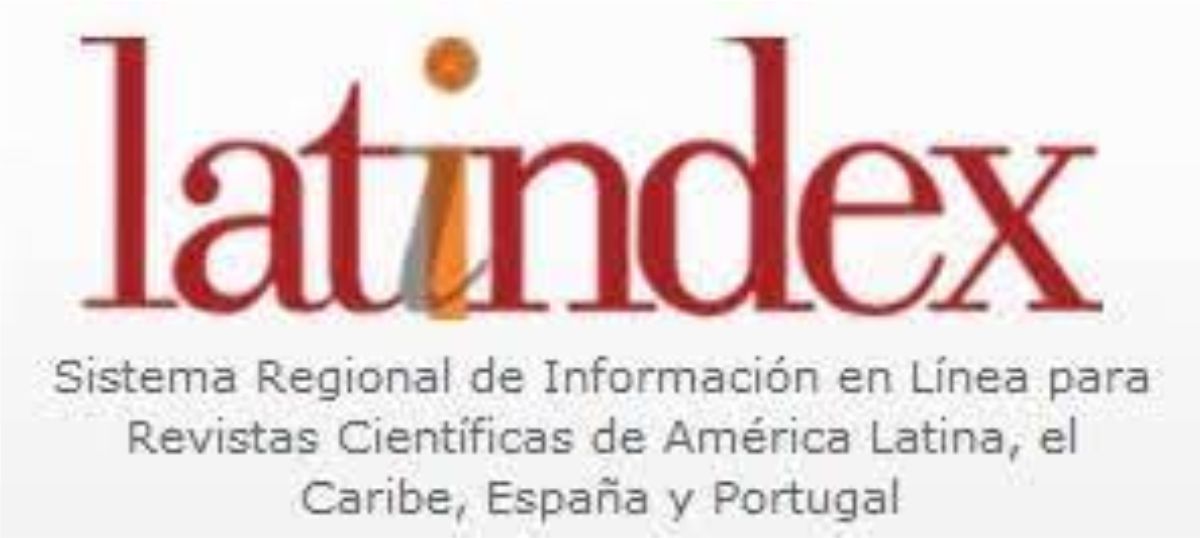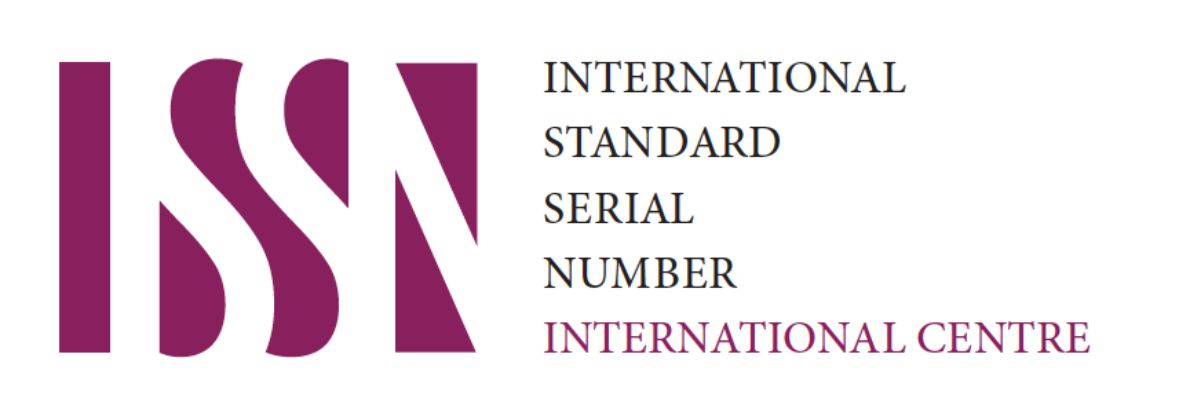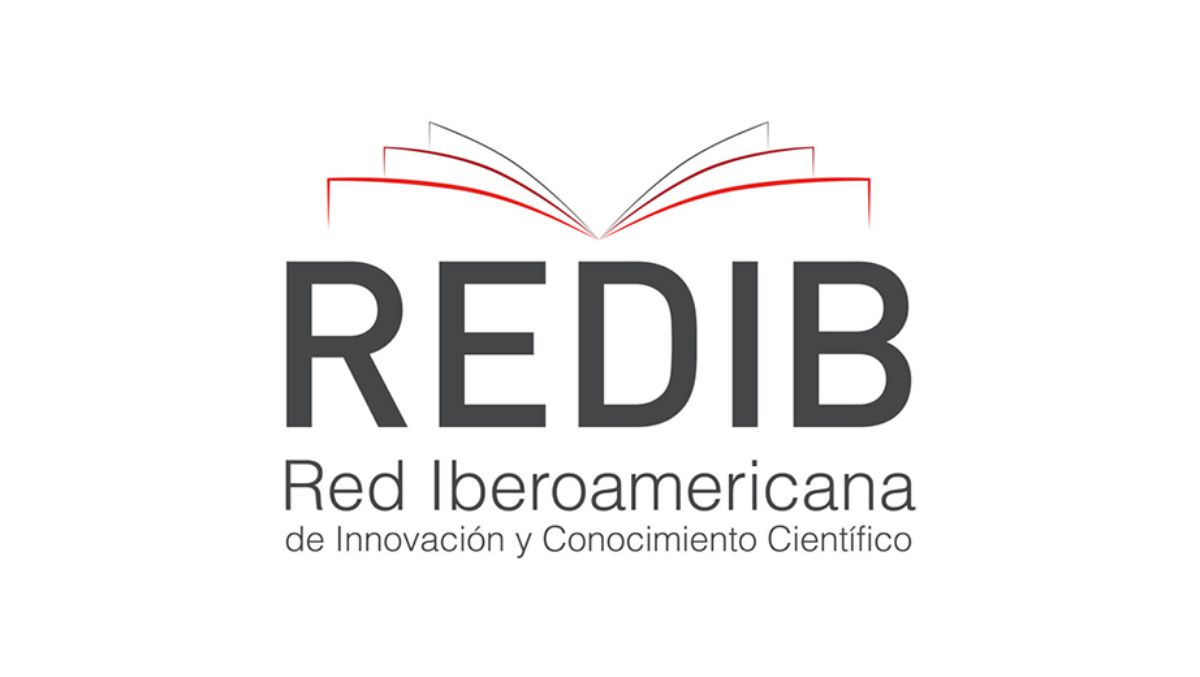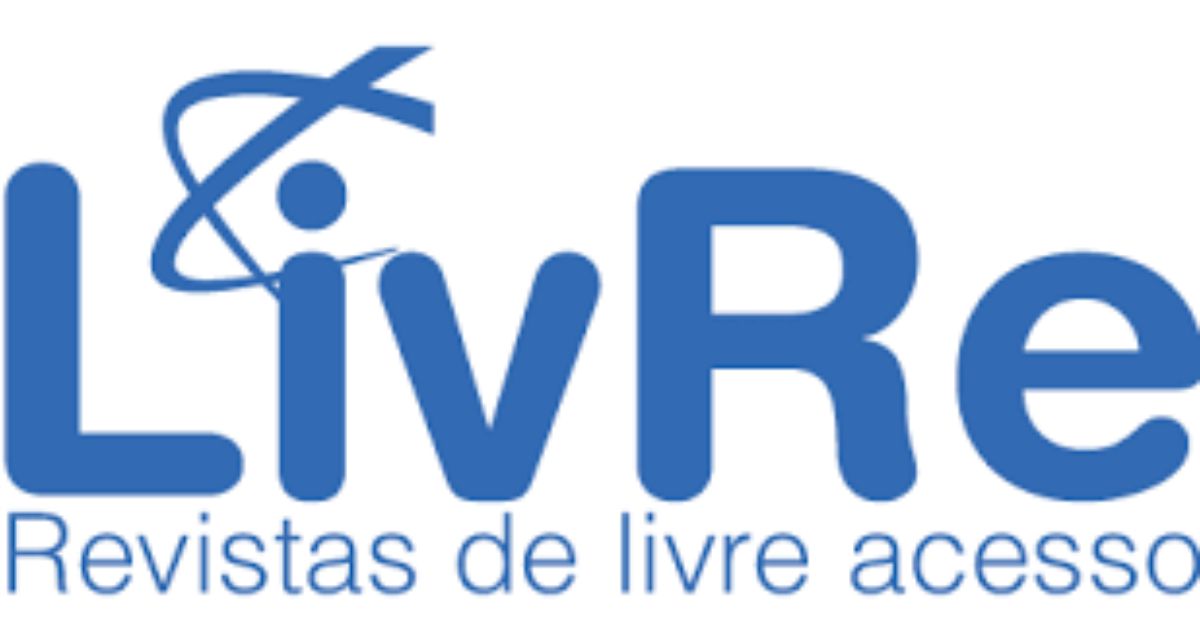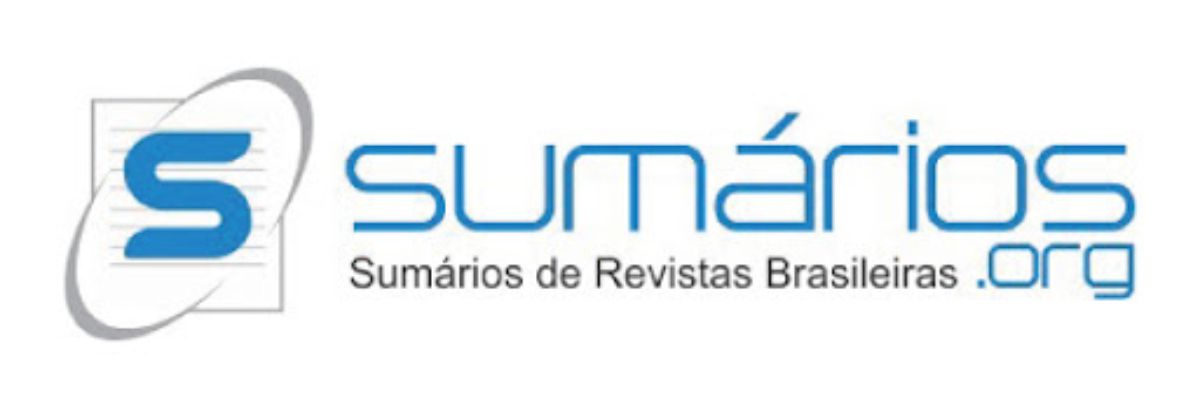Educational data mining: an analysis on predictors of dropout in Higher Education
DOI:
https://doi.org/10.15536/reducarmais.9.2025.4120Keywords:
Educational Data Mining, Machine Learning, Dropout in Higher EducationAbstract
Dropout rates in higher education are a significant challenge for educational institutions, impacting both students and society. This article investigates the main predictors of academic dropout through the application of Educational Data Mining (EDM) techniques. The research uses a data set from a higher education institution, exploring characteristics such as academic performance, socioeconomico profile, student engagement, family data, among others. Machine Learning algorithms were used as Data Mining techniques, which, in addition to enabling the construction of an effective model for predicting student dropout rates, enabled the identification of the most relevant factors to predict dropout rates. The results highlight that variables related to academic performance are the main risk indicators. The conclusions offer insights that can guide institutional strategies to mitigate dropout rates, promoting retention and academic success.
Downloads
References
AGGARWAL, Charu C. Data Mining: The Textbook. 1. ed. New York, USA: Springer, 2015. v. 1. E-book. Disponível em: https://doi.org/10.1007/978-3-319-14142-8. Acesso em: 20 dez. 2024.
ALVES, M. de O. P.; GAYDEZKA, B.; CAMPOS, A. de. Projeto para registro e controle da evasão na UFTM. Revista Triângulo, v. 11, n. 1, p. 125–135, 2018.
BAHRAMPOUR, Soheil et al. Comparative Study of Deep Learning Software Frameworks. Cornell Univeristy, v. 3, p. 1–9, 2015.
EDM. Educational Data Mining. 2020. Disponível em: https://educationaldatamining.org/. Acesso em: 26 nov. 2024.
FILHO, R. L. L. e S. et al. A evasão no ensino superior brasileiro. Cadernos de Pesquisa, v. 37, n. 132, p. 641–659, 2007.
FRITSCH, R.; ROCHA, C.; VITELLI, R. F. A evasão nos cursos de graduação em uma instituição de ensino superior privada. Revista Educação em Questão, v. 52, n. 38, p. 81–108, 2015.
GIL, C. A. Como elaborar projetos de pesquisa. 4ª. ed. São Paulo, SP: Atlas, 2002.
HASTIE, T.; TIBSHIRANI, R.; FRIEDMAN, J. The Elements of Statistical Learning: Data Mining, Inference, and Prediction. 2ª. ed. California, USA: Springer, 2009.
HEGDE, V. Higher Education Student Dropout Prediction and Analysis through Educational Data Mining. 2018. Disponível em: https://ieeexplore.ieee.org/document/8398887. Acesso em: 20 dez. 2024.
JAPKOWICZ, N.; SHAH, M. Evaluating Learning Algorithms: A Classification Perspective. 1ª. ed. Cambridge, UK: Cambridge, 2014.
LOBO, M. B. C. de M. Panorama da evasão no ensino superior brasileiro: aspectos gerais das causas e soluções Associação Brasileira de Mantenedoras de Ensino Superior. 2012. Disponível em: https://www.institutolobo.org.br/core/uploads/artigos/art_087.pdf. Acesso em: 20 dez. 2024.
MARTINS, M. V. et al. Early Prediction of student’s Performance in Higher Education: A Case Study. 2021. Disponível em: https://link.springer.com/chapter/10.1007/978-3-030-72657-7_16. Acesso em: 20 dez. 2024.
MELLO, S. P. T. de et al. O fenômeno da evasão nos cursos superiores de tecnologia: um estudo de caso em uma universidade pública no sul do Brasil. 2013. Disponível em:https://repositorio.ufsc.br/handle/123456789/113096 . Acesso em: 26 nov. 2023.
MITCHELL, T. M. Machine Learning. 1ª. ed. Nova York, USA: MacGraw-Hill, 1997.
NAVARRO, Pedro J. et al. A machine learning approach to pedestrian detection for autonomous vehicles using high-definition 3D range data. Sensors (Switzerland), v. 17, n. 18, p. 1–20, 2017.
SOUZA, Vanessa Faria; SANTOS, Tony Carlos Bignard dos . Processo de Mineração de Dados Educacionais aplicado na Previsão do Desempenho de Alunos: Uma comparação entre as Técnicas de Aprendizagem de Máquina e Aprendizagem Profunda. Revista Brasileira de Informática na Educação (RBIE), v. 29, p. 519-546, 2021.
SOUZA, V. F. de. Os avanços da mineração de dados educacionais: processo, tendências temáticas e técnicas de mineração. 1ª. ed. Curitiba, PR: Bagai, 2021.
Downloads
Published
How to Cite
Issue
Section
License
Copyright (c) 2025 Felipe Silvestri, Vanessa Faria de Souza, Andrws Vieira

This work is licensed under a Creative Commons Attribution-NonCommercial 4.0 International License.
DECLARATION OF RESPONSIBILITY: I hereby certify that I partially or fully participated in the conception of the work, that I did not hide any links or financial agreements between the authors and companies that may be interested in this article publication. I certify that the text is original and that the work, partially or fully, or any other work with a substantially similar content written by me, was not sent to any other journal and it will not be send while my submission is being considered by Revista Educar Mais, whether in printed or electronic format.
The author responsible for the submission represents all the authors of the manuscript and, when sending the article to the journal, guarantees s/he has obtained the permission to do so, as well as s/he guarantees the article does not infringe upon anyone’s copyright nor violate any proprietary rights. The journal is not responsible for the opinions expressed.
Revista Educar Mais is Open Access, does not charge any fees, whether for submission or article processing. The journal adopts Budapest Open Access Initiative (BOAI)’s definition, i.e., any users are permitted to read, download, copy, distribute, print, search and link to the full texts of these articles.
All the articles are published under the Creative Commons Atribuição-NãoComercial 4.0 Internacional license. The authors keep the copyright of their production. That way, they must be contacted directly if there is any interest in commercial use of their work.
